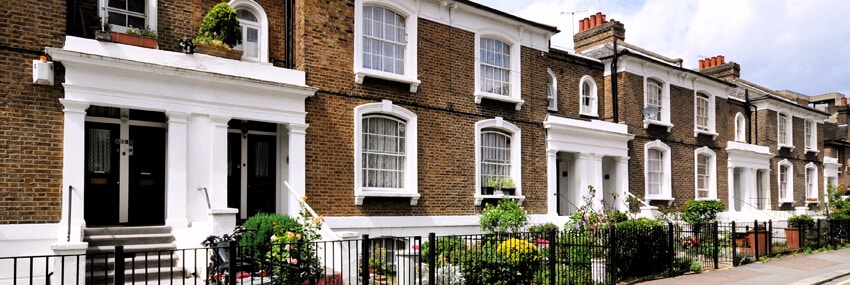From 1 April 2021, non-UK residents will pay more stamp duty land tax (SDLT) on buying residential property in England and Northern Ireland than their UK counterparts. An extra 2% will be added to what would have been the SDLT rate before the surcharge.
Where there are joint purchasers if any one of them is not a UK resident, the additional 2% surcharge will apply. The legislation is currently draft so could change before enactment.
Although the legislation uses the term ‘resident’, this has a different meaning to that used for income and general tax purposes.
SDLT residence: individuals
An individual is UK resident for SDLT purposes if in the period starting 364 days before the acquisition of the property and ending a year after, there was a continuous period of 365 days in which the individual was in the UK for 183 of them. So if you’re in the UK for a year before the acquisition, you’ll be SDLT UK resident even if you emigrate the day after.
If you never stepped foot in the UK before the acquisition but plan to move and stay here after, then you can still count as a UK resident. You have to fill in the SDLT return as a non-resident, but within two years can submit an amended return once you’ve clocked up your 183 days in the UK.
Because the SDLT definition of residence status is different to that used for general tax purposes, if you live in more than one country, you can be UK tax resident paying UK tax on your worldwide income but nevertheless not a UK resident for the SDLT rules.
SDLT residence: companies
A company is SDLT non-UK resident if it is non-UK resident for corporation tax purposes, normally if it is incorporated or managed and controlled abroad. But a UK company can be regarded as SDLT non-resident if it is controlled by five or fewer shareholders and also controlled by non-UK residents.
For this test, the definition of a UK resident individual is different to the one above. It is someone who has been in the UK for 183 days in the year before the transaction. Days spent in the UK after the acquisition aren’t considered.
Where the SDLT surcharge applies
The surcharge applies only to the residential SDLT rates. Where a mix of residential and commercial property is acquired, this can under existing rules be taxed at the commercial SDLT rates and in this case the surcharge won’t apply.
Residential property is defined as a building or part of a building used or suitable for use as a dwelling. It includes buildings being constructed or adapted for residential use.
Communal accommodation such as student accommodation, care homes and hotels and inns is generally excluded from the definition.
The surcharge also doesn’t apply to leases less than seven years, nor to properties acquired for less than £40,000.
The above is a simplified summary of complex rules and some special cases have not been covered. Specific advice should always be taken.
For more information, and guidance from our experts in property tax, please get in touch with your usual BKL contact or use our enquiry form.
